Largest Buddha Death Scene in South Asia

The recent excavation aimed to expose the remaining portions of the site and to reconfirm that it dates back to the 7th century AD.
A 14-meter-tall statue depicting the death of Buddha made of kanjur stone was discovered last month during a 12-week excavation at the World Heritage Site of Bhamala in northwest Pakistan.
Bhamala is a historical village in the Taxila valley of Khyber Pakhtunkhwa (KP) province in northwest Pakistan.
The archeological site, which was erected by the ancient Gandhara Kingdom, is located along the northernmost part of the right bank of Haro River.
Taxila valley was included on the list of World Heritage Sites by the United Nations Education, Scientific and Cultural Organization (UNESCO) in 1980.
The Bhamala Buddhist complex enjoys an important geographical position in the Taxila valley and is one of very few sites to have a cruciform stupa.
Stupas are mound-like Buddhist complexes that contain Buddhist relics. They are used as places of meditation. The cruciform stupa is cross-shaped and is usually built and reserved for Buddha himself or for a chakravartin: a great and wise Buddhist man.
Abdul Hameed, lecturer of archeology at Hazara University in Mansehra district, says archeological excavations began in the area in 1930 by a British archeologist named John Marshall.
According to Abdul Hameed, the latest excavation unearthed a main stupa surrounded by votive stupas – a type of stupa constructed to gain spiritual benefits according to Buddhist beliefs – as well as some chapels and a monastery complex to the east of the main stupa.
The excavation was conducted under the supervision of archeologists from the University of Wisconsin-Madison (U.S.), Baroda University of India, the Directorate of Archaeology and Museums of KP, in addition to the archaeology department at Hazara University.
Discovering Buddha’s Death Scene
 |
“During the joint venture, some other parts of the monastic complex have been exposed and the death scene of the 14-meter-tall Buddha was discovered. Now it’s the largest sculpture of Buddha in South Asia,” says Abdul Hameed, who worked as a field director with the Directorate of Archeology and Museums of KP during the excavation.
The Pakistani archeologist told OnIslam that the parinirvana (death scene of Buddha) found in Bhamala is the largest sculpture in the world made from kanjur stone.
He says that the pieces of this huge sculpture include the right leg of the Buddha and a portion of his left leg covered with drapery, in addition to the feet and shoulders.
“The statue was placed facing the east. The upper side of the left leg and the arms were found damaged to the east of the sculpture due to unknown reasons. The death scene of Buddha in stucco is now on display in the museum of Taxila city, Punjab province,” he says.
Abdul Hameed explained that after Marshall’s initial excavations, no major works were carried out at Bhamala until now.
The recent excavation aimed to expose the remaining portions of the site and to reconfirm that it dates back to the 7th century AD.
Priceless Artifacts Found
 |
During the current excavation, about 510 antiquities, including terracotta sculptures, have been unearthed.
Among the items discovered were iron nails, hooks, door fittings and hairclips. The excavations also uncovered 14 copper coins belonging to the 3rdcentury AD Kushan Empire.
Balqees Durrani, an archeologist at Peshawar Museum, explained that a cruciform stupa was found behind the death scene of Buddha during the recent excavations.
Bhamal’s cruciform stupa is unique, she says, because all the other stupas belonging to the ancient Ghandara Kingdom all the way up to present day Peshawar are mostly square in shape.
“Nine chapels were exposed during the current investigation. In the newly excavated chapels, the images of Buddha are provided with double halos, which are very unique and don’t exist in the rest of the Buddhist sites of ancient Gandhara,” Durrani explains.
The Pakistani female archeologist said that such successful excavations of ancient sites show the rich heritage of Pakistan and the KP province in particular.
“We have similar sites in different areas of KP that belong to Ghandara and similar ancient kingdoms. If the Pakistani government showed further interest in excavating and exploring more of these historical sites, tourists and archeologists from all over the world will certainly visit these historical landmarks and the Pakistan will easily generate huge revenue,” she says.

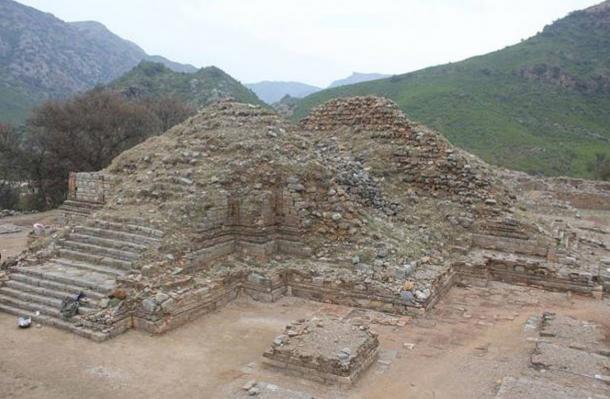
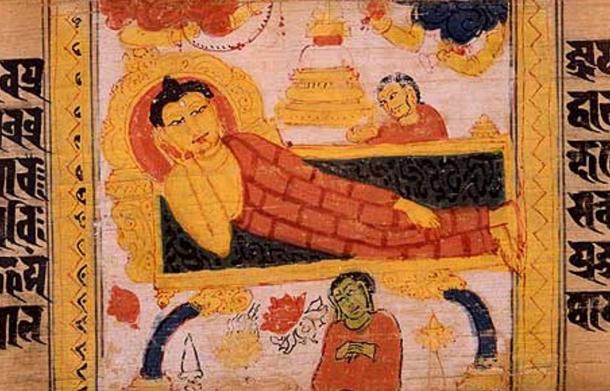
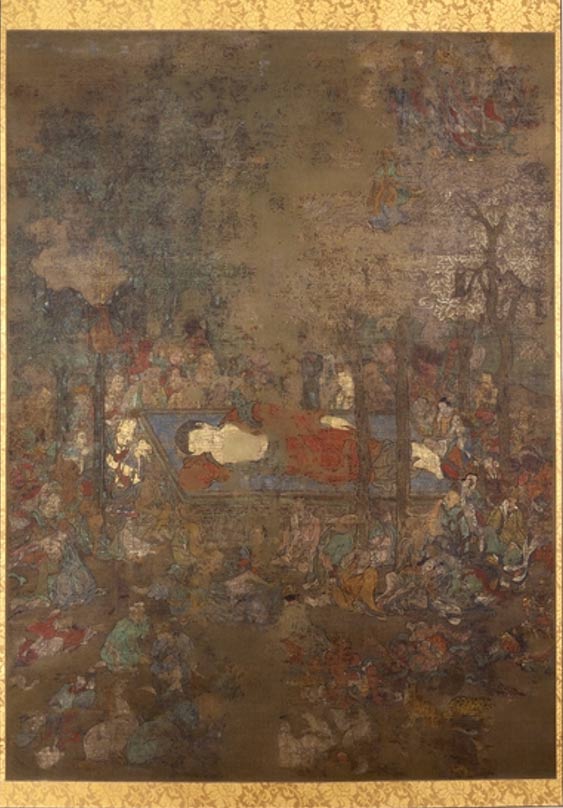
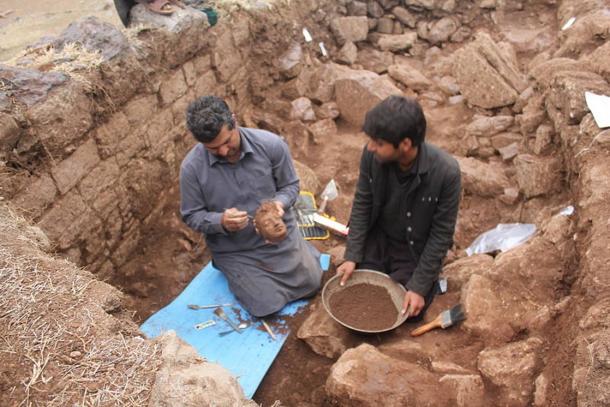
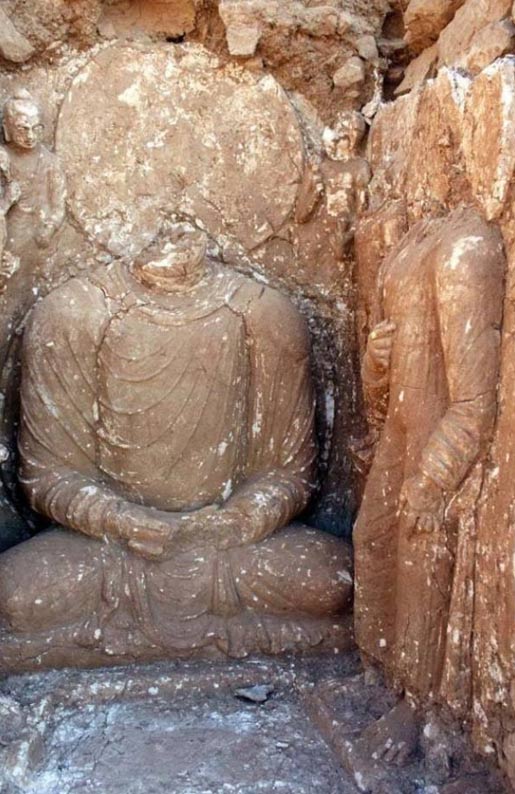
No comments:
Post a Comment